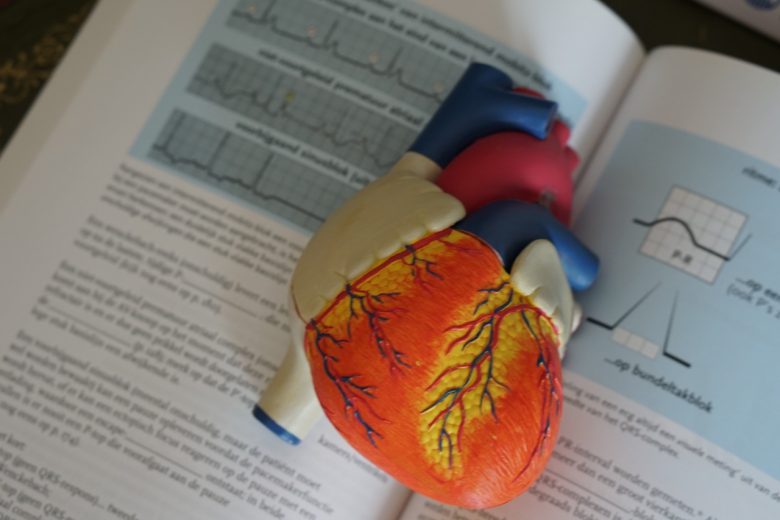Resting Heart Rate (RHR) is an indicator of physical fitness and is defined as the number of heartbeats per minute (bpm) when you are at rest.
Generally, RHR should be between 60 to 100 bpm for adults. The RHR for athletes and fitness enthusiasts could even be lower than 60 bpm. Therefore, lower the RHR, the fitter your heart.
This blog explains why heart rates are important during exercise and it outlines the heart rate zones that you can train in to improve your resting heart rate.
HOW IS HEART RATE RELATED TO FITNESS?
Regular exercise helps the heart muscles pump more blood into the body during one heartbeat.
- If your heart muscles are weaker, it needs to beat more to pump the necessary amount of blood for healthy function.
- This results in a relatively higher resting heart rate (RHR).
- As your heart muscles grow stronger through exercise, your body would need fewer heartbeats to pump the same quantity of blood for normal function.
- This strengthening is how heart rates reduce over time and make you fitter.
You can even get an estimate of your heart rate through wearable fitness trackers and smartwatches.
HEART RATE TRAINING THROUGH CARDIO
The key to training heart rate lies in cardiovascular exercising. Cardiovascular exercises (cardio) strengthen the heart muscles and the entire cardiovascular system of the body.
And for cardio to be effective, it needs to be performed regularly and at the right intensity, based on your body type and fitness goals.
HEART RATE ZONES – AN EXPLANATION
As you exercise, your heart will work its hardest and beat faster to pump enough blood to sustain you throughout your workout.
- A target heart rate zone is a measure of how fast your heart needs to beat during exercise to toughen heart muscles.
- Similarly, maximum heart rate (MHR) refers to the fastest rate that your heart can beat in one minute.
Low-intensity workouts may not elevate heart rate enough to strengthen heart muscles. But as you increase workout intensity, your heart muscles receive the necessary stress for it to build in stamina.
Therefore, as you increase the intensity of your workout, you can steadily reach target heart rate zones and exercise to toughen the heart.

- Once you know your maximum heart rate (indicated in the given chart in red), you can design your workout to function at the correct intensity.
- If you are a beginner, it would be best to start with moderate-intensity cardio and work your way upwards.
Use a fitness tracker or a smartwatch to make sure you stay within limits as you progress with workouts. Do not overtrain yourself to the point of complete exhaustion.
What exercises do you engage in to improve heart rate? And how do you track your heart rate? Let us know in the comments!





